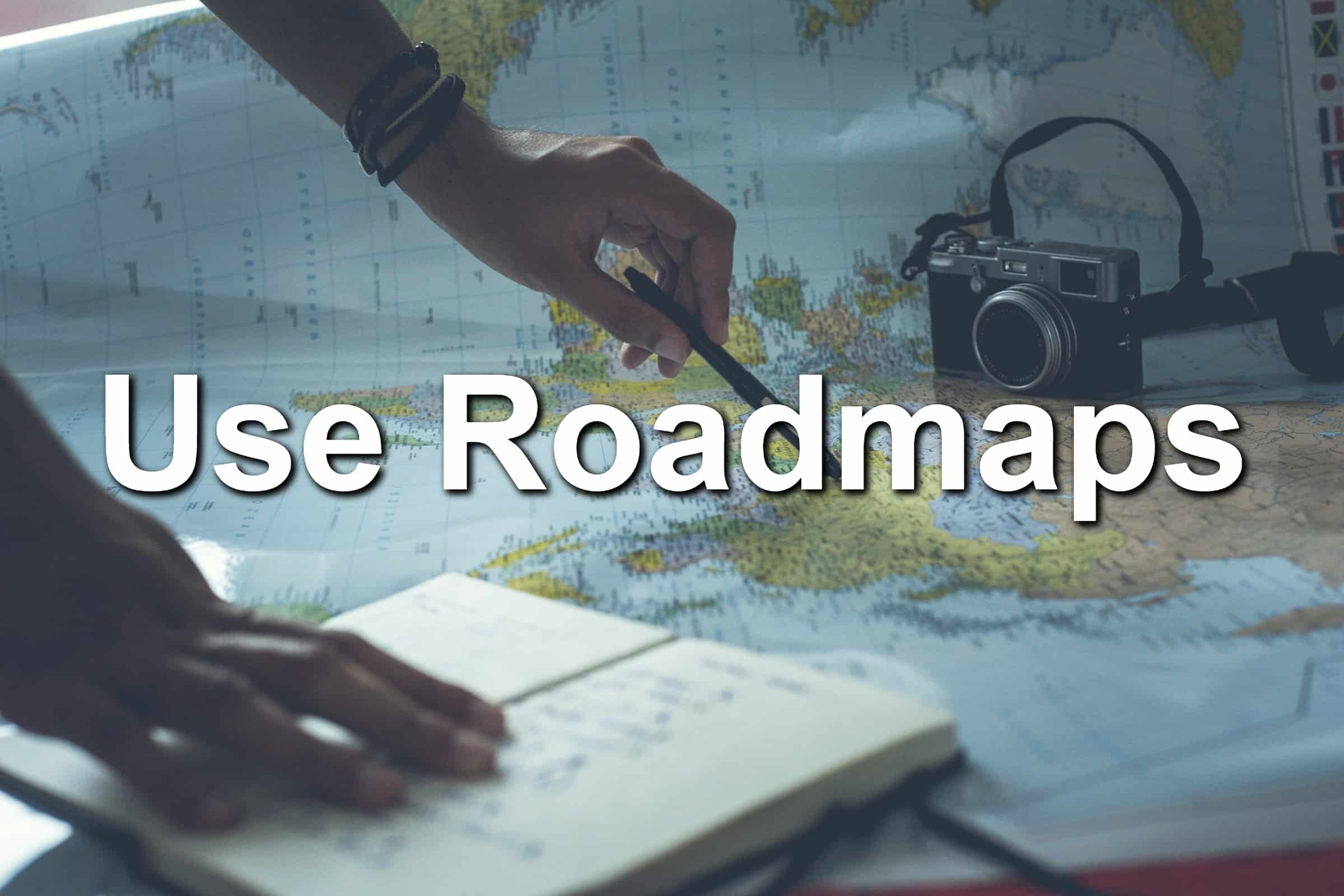Before the advent of portable GPS units or Apple iPhones, people had to use roadmaps. For those of you that don’t know what a roadmap is, it’s best compared to a paper version of Google Maps.
There were pages and pages of road drawings. You would even have to buy different roadmaps for different states.
I vividly remember driving to Bushnell, Il, for the Cornerstone Music Festival when I was younger. I’d have a roadmap, printed-out Mapquest directions, and a very distracted mind.

Photo by Glenn Carstens-Peters on Unsplash
I would use the Mapquest directions to highlight the road I would need to take to get there. Each highlight meant I was to take that road.
But what would happen if there was road construction? An hours-long accident? A new road?
That’s the beauty of a roadmap. I could look at the map (the original distracted driving before smartphones and texting!). I could see where I was, where I needed to go, and the surrounding road. From there, I could pick out a side road to take. Looking at the physical map would get me around the accident, construction, and other disruptions.
In our businesses, we need to use roadmaps instead of rigid, got-to-stick-to-em ideas.
Use Roadmaps
Roadmaps allow you to make changes as needed. They give you the foresight into other options. They don’t hold your feet to the fire and force you to do things a certain way.
Imagine using roadmaps in your organization.
You desire to grow your organization to a multi-million dollar powerhouse. You have an expert’s book on how to get there. He laid out every specific step he took. Except, you’re struggling.
The methods he used work here and there, but they’re not foolproof. It’s organizational construction, as I call it.
If you, instead, have a roadmap to get to your desired outcome, you can look at alternate options and make changes as you go. The author’s steps worked at steps 1, step 2, and step 3. Then step 4, you run into an accident. You can’t reach your goal using the plan he’d laid out.
You look at the roadmap you created using his steps. In addition to his steps, you thought ahead. You wondered what could go wrong and planned for issues.
Planning ahead means your roadmap has additional options. At each step along the way, there’s a different option you could take.
Instead of going from the stated step 1 to 2, you see there’s a 1a route you could take. It would take a little bit longer to get things going but it eventually brings you back to the next step (or you bypass the next step altogether).
Creating a roadmap for your organization and projects help you realign when you realize something is not working. You can keep making progress, albeit in a redirected direction.
Start making roadmaps in your organization so you can see where to go next, in case there’s a pileup in the organization. You’ll find yourself zipping along down a sideroad and onto success.

